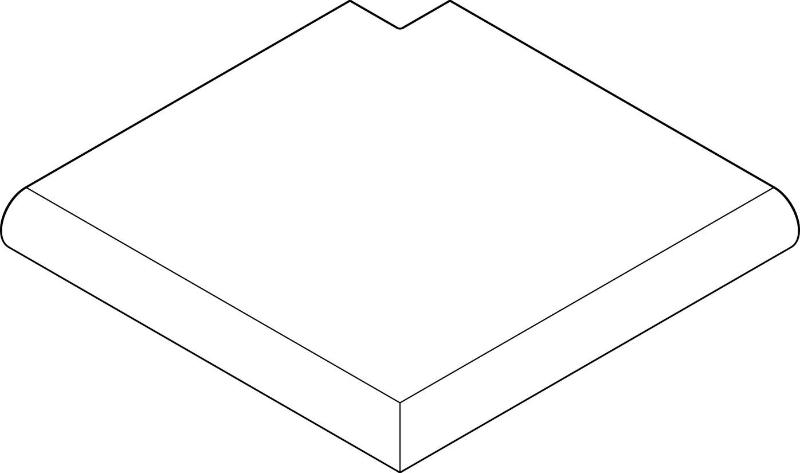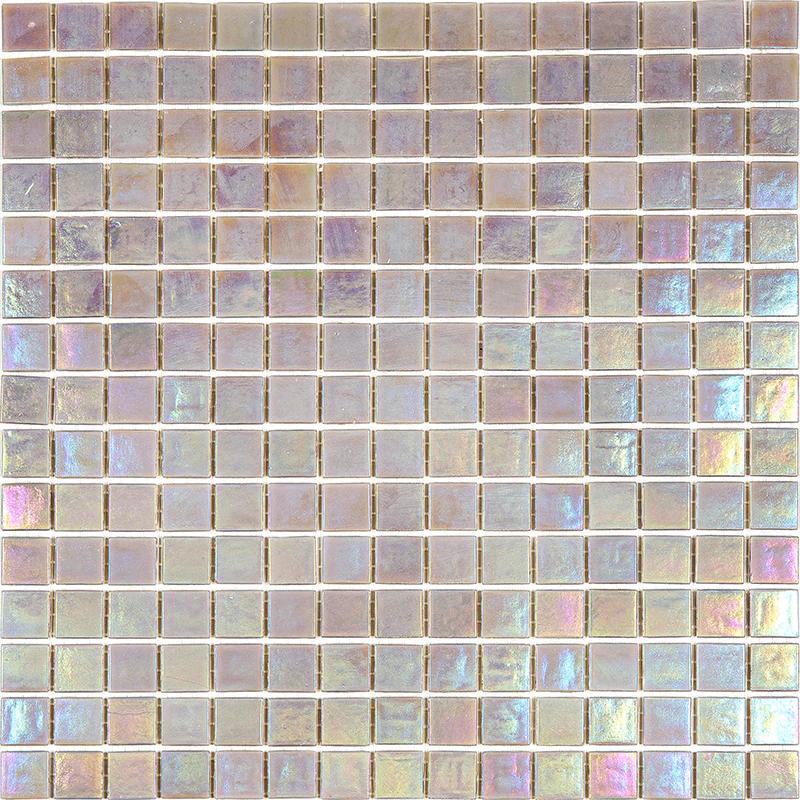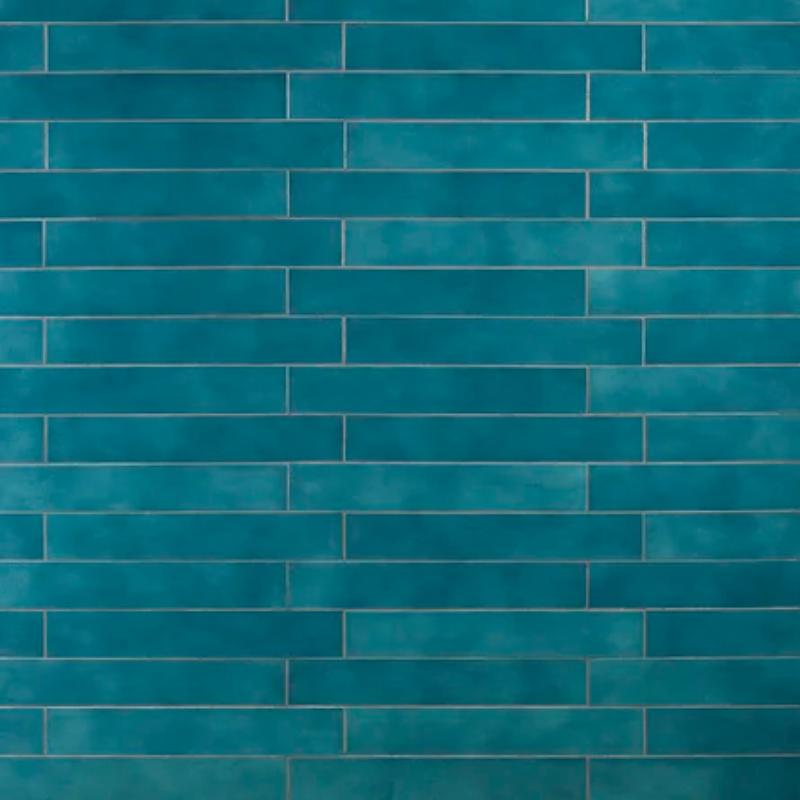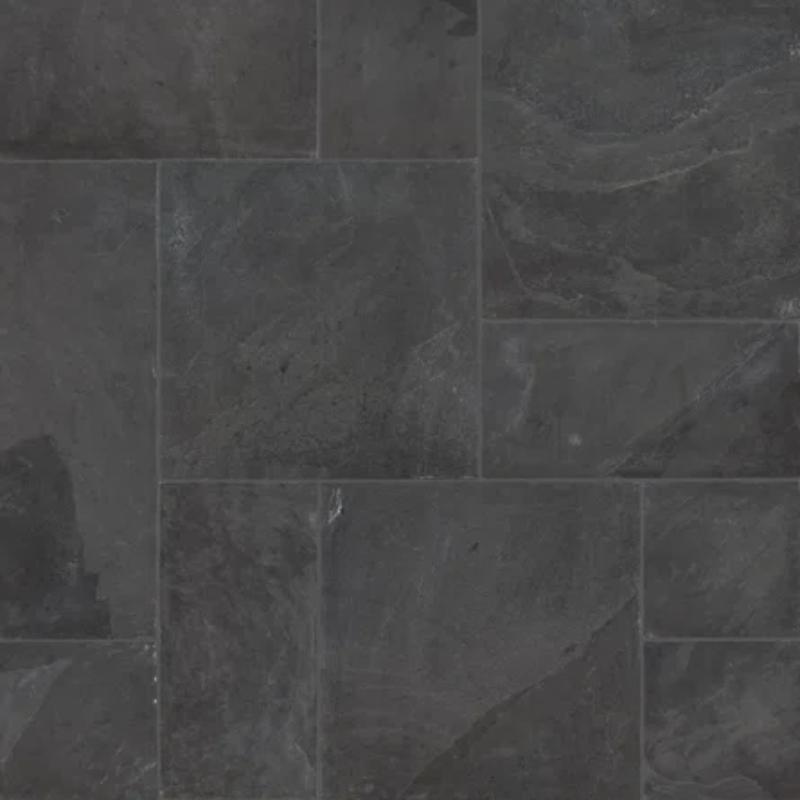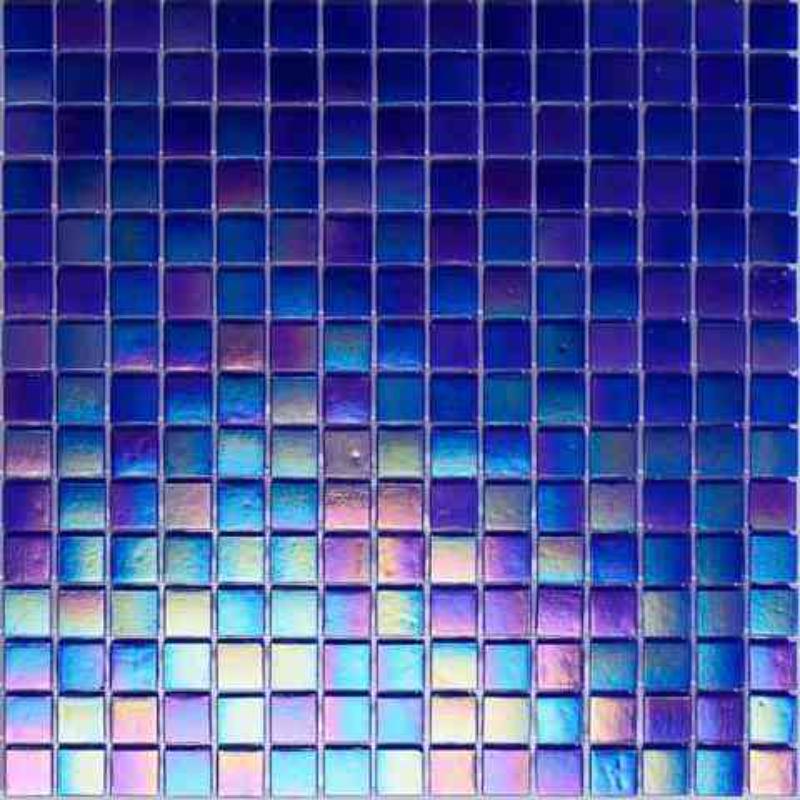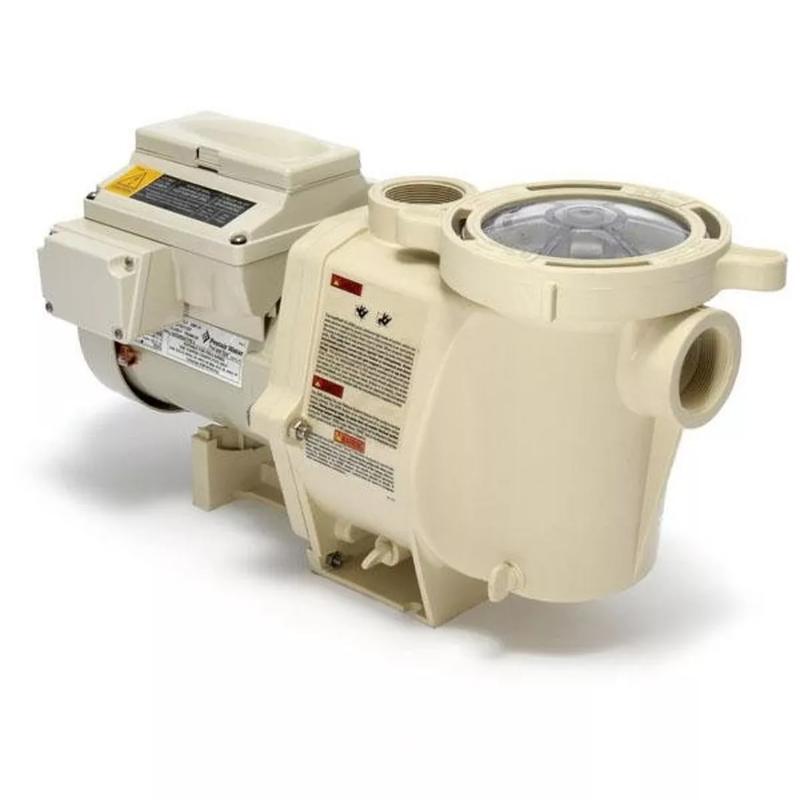Pool Remodel
Pool & Spa
Remodel
We Offer Many Pool and Spa Resurface Options
Contact us today to find out about the many plaster, composite, and pebble color choices we offer.

Plaster
Composite

Pebble
Installing Plaster Finish
Common Pool
&
Spa Problems
Peeling Plaster
Peeling plaster can be caused by a build-up of calcium hydroxide
Stains
Surface stains; from Calcium and salt or copper from rebar Cyanuric acid or chlorine stains on surface
Roughness
Caused by erosion of concrete surface
Ground Issues
Hill side pools – sometimes the ground shifts and structure of pool cracks – pool shifts moves as well
Loose Pebbles
Pebbles May become loose and come off. Why?
Installer over washed it or power washed too much cement out when installing or acid washed too many times or too much and dissolved cement all around stone
Stones become dislodged
Cloudy Water
Paint or epoxy can make water cloudy. Other causes include problems with the pool’s ph balance.
Temperature Gauge
Replace faulty temperature gauges
Lights
Replace worn out light fixtures. Upgrade to color LED lights.
Damaged Tile
Step tiles and floor tile needs to be plastered and not grouted.
Why? The plaster will stain the grout. So plaster is used as a replacement for grout.
Cracks
|
When the soil surrounding a pool shell undergoes receding, contracting, or expanding movements, it exerts stress on the pool structure, often resulting in cracks and structural damage. This issue is particularly prevalent in Southern California, especially in pools built on hillside lots. Hillside soil movement, known as slope creep, is a common cause of pool cracking and structural failure. Other factors contributing to structural failures include low PSI gunite/shotcrete during installation, improperly placed structural steel, inadequate engineering, the use of defective or weak rebound gunite/shotcrete, thin installation of gunite/shotcrete, improper expansion and separation joints, and long plumbing runs within the structure. Detecting these issues after pool construction and filling with water can be challenging, often requiring forensic analysis and core sampling to determine the appropriate repair method, if feasible. Slope creep poses a significant risk, particularly for pools near descending slopes, as it causes soil movement, settling, and cracking of the pool shell. Building codes recommend specific requirements for pools near slopes, including freestanding walls capable of supporting the water without soil support and adequate footing setback from the slope surface. Increasing the foundation setback or implementing proper drainage and moisture control measures can mitigate the effects of slope creep. When it comes to repairing pool cracks, options include removing and replacing the surrounding gunite/shotcrete, overlapping structural steel rebar with epoxy embedding, or installing steel staples and performing epoxy injections. However, it’s important to note that repair methods may vary in cost and effectiveness, and warranty options may be limited due to factors beyond the contractor’s control. |
Leaks
|
Swimming Pool & Spa Leak Detection is an essential service to identify and resolve leaks in your pool. Our team of skilled technicians specializes in thorough inspections of your entire pool and spa system. Using precise techniques, we can pinpoint even the smallest leaks in your pool’s structure and plumbing. You will receive a comprehensive ‘Leak Detection Report’ detailing the status of your pool and any issues found during the inspection. This report will provide you with the necessary information to determine the required repairs, including our recommended options. We strive to offer multiple solutions to accommodate your budget. It’s important to note that some water loss is normal due to evaporation and regular use, so performing a Simple Bucket Test can help confirm if your pool is indeed leaking. With over 20 years of experience, Pool Leak Inspections employs cutting-edge technology for electronic leak detection. Unlike other companies that may damage your pool deck, our expert inspectors utilize hydrophone technology to precisely locate leaks, whether in the structure or underground plumbing. In addition to electronic detection, we also employ visual inspections and dye testing. Our technicians are proficient in these tried-and-tested methods and will meticulously inspect your pool, including lights, pipe fixtures, and skimmer areas, using non-toxic dye to identify leaks. Another effective technique we employ is pressure testing the plumbing system, which provides a definitive assessment of any pipe leaks. Following the completion of the leak detection process and review of the ‘Leak Detection Report,’ our next step is to proceed with the necessary repairs. In most cases, we can address the repairs during the same visit, without requiring pool drainage. However, for more extensive repairs beyond our scope, we have trusted industry partners who possess the expertise to handle any size of repair. Rest assured that our partners share our commitment to service and integrity. We understand the importance of finding the right professionals for the job, ensuring both your peace of mind and your wallet are taken care of. At The California Pool And Spa Company, we have a dedicated office support team ready to assist you throughout this process, providing guidance and ensuring a smooth and stress-free experience. |
Hollow Spots Bulges & Divots |
Hollow spots, bulges, and divots on the surface of pools can be caused by a variety of factors, including: Improper pool construction: If the pool was not built correctly or the materials used were subpar, the surface can develop hollow spots, bulges, and divots over time. Ground shifting: When the ground underneath the pool shifts, it can cause the pool surface to become uneven, which can result in hollow spots, bulges, and divots. Settling or sinking of pool base: If the pool base is not properly compacted, it can settle or sink over time, causing the pool surface to develop hollow spots, bulges, and divots. Poorly mixed or applied plaster: If the pool plaster is not mixed correctly or applied properly, it can result in an uneven surface that develops hollow spots, bulges, and divots. Water chemistry issues: If the pool water chemistry is not properly balanced, it can cause damage to the pool surface, resulting in hollow spots, bulges, and divots. Environmental factors: Extreme weather conditions such as heavy rainfall, strong winds, and extreme temperatures can also cause damage to the pool surface, resulting in hollow spots, bulges, and divots. Improper maintenance: If the pool is not properly maintained, it can lead to damage to the pool surface, resulting in hollow spots, bulges, and divots over time. It is important to address any issues with the pool surface as soon as they are noticed to prevent further damage and ensure the safety of swimmers. A professional pool technician should be consulted to assess and repair any damage to the pool surface. |
Pumps |
Swimming pool pump issues can be a common problem that can affect the overall functionality of the pool. The pool pump is responsible for circulating water through the pool’s filtration system, which helps keep the water clean and free of debris. Common pump issues include motor failure, clogged impellers, and leaks. These issues can result in poor water circulation, increased energy consumption, and reduced filtration efficiency. A professional pool technician can diagnose and repair pump issues, which may include repairing or replacing the motor, cleaning or replacing the impeller, or addressing any leaks. Regular maintenance and inspections can help prevent pump issues from occurring in the first place, ensuring that your pool remains clean, safe, and enjoyable.. |
Cracks
Cracks in the substructure of a swimming pool can be a serious issue that requires immediate attention. These cracks can occur due to a variety of factors, including improper installation, soil movement, and aging of the pool.
When left unaddressed, cracks can lead to significant structural damage, water leaks, and other safety concerns. It is important to have a professional inspect the pool and assess the severity of the cracks before deciding on the best course of action. Depending on the extent of the damage, repairs may range from patching the cracks to completely replacing the pool’s substructure.
Regular maintenance and inspections can help prevent cracks from forming in the first place, ensuring that your pool remains safe and functional for years to come.
Leaks
Leaks around pool plumbing equipment can be a common problem and can cause significant damage if not addressed promptly. These leaks can occur at any point in the plumbing system, including the pump, filter, and valves. Common causes of leaks include worn or damaged seals, loose connections, and cracks in the pipes. It is important to address any leaks as soon as possible to prevent water damage to the surrounding area and to avoid wasting water. A professional pool technician can locate the source of the leak and determine the best course of action, which may include repairing or replacing the affected equipment or parts. Regular maintenance and inspections can help prevent leaks from occurring in the first place, ensuring that your pool plumbing system remains in good working order.
Leaks found in the pool flooring or walls can be a serious issue that requires immediate attention. These leaks can occur due to a variety of factors, including cracks in the pool surface, damage to the pool shell, or faulty plumbing. When left unaddressed, leaks can cause significant damage to the pool structure, surrounding areas, and can result in water loss. It is important to have a professional inspect the pool and assess the severity of the leaks before deciding on the best course of action. Depending on the extent of the damage, repairs may range from patching the leaks to completely replacing the pool surface or shell. Regular maintenance and inspections can help prevent leaks from forming in the first place, ensuring that your pool remains safe, functional, and enjoyable for years to come.
Hollow Spots Bulges & Divots
Hollow spots, bulges, and divots on the surface of pools can be caused by a variety of factors, including:
Improper pool construction: If the pool was not built correctly or the materials used were subpar, the surface can develop hollow spots, bulges, and divots over time.
Ground shifting: When the ground underneath the pool shifts, it can cause the pool surface to become uneven, which can result in hollow spots, bulges, and divots.
Settling or sinking of pool base: If the pool base is not properly compacted, it can settle or sink over time, causing the pool surface to develop hollow spots, bulges, and divots.
Poorly mixed or applied plaster: If the pool plaster is not mixed correctly or applied properly, it can result in an uneven surface that develops hollow spots, bulges, and divots.
Water chemistry issues: If the pool water chemistry is not properly balanced, it can cause damage to the pool surface, resulting in hollow spots, bulges, and divots.
Environmental factors: Extreme weather conditions such as heavy rainfall, strong winds, and extreme temperatures can also cause damage to the pool surface, resulting in hollow spots, bulges, and divots.
Improper maintenance: If the pool is not properly maintained, it can lead to damage to the pool surface, resulting in hollow spots, bulges, and divots over time.
It is important to address any issues with the pool surface as soon as they are noticed to prevent further damage and ensure the safety of swimmers. A professional pool technician should be consulted to assess and repair any damage to the pool surface.
Pumps
Swimming pool pump issues can be a common problem that can affect the overall functionality of the pool. The pool pump is responsible for circulating water through the pool’s filtration system, which helps keep the water clean and free of debris. Common pump issues include motor failure, clogged impellers, and leaks. These issues can result in poor water circulation, increased energy consumption, and reduced filtration efficiency. A professional pool technician can diagnose and repair pump issues, which may include repairing or replacing the motor, cleaning or replacing the impeller, or addressing any leaks. Regular maintenance and inspections can help prevent pump issues from occurring in the first place, ensuring that your pool remains clean, safe, and enjoyable..
Common Heating Problems
Pool isn't getting warm enough
The most common problem is having a heater that is too small for your pool. Another common issue could be a faulty high limit switch.
Heater cycles on and off
A flow valve issue may be the problem. This can be caused by a closed valve, or a dirty filter. You may also need to replace the thermostat.
The pilot won't light
Check your gas pressure. If it’s too low it can cause issues with the pilot. Also check for venting issues.
The heater is leaking
This requires a professional to determine if the issue is just a leaky gasket or loose connection, or if the entire exchanger needs to be replaced.
Black exhaust
If your gas heater is creating excessive heat, it can result in black exhaust. Check for gas pressure and make sure there is adequate venting.
Composite Pool + Spa Remodel Package
1. Treat all Visibile Flaws and Cracks
2. Apply First Primer Coat of Isophalic Resin
3. Laminate Total Area with Fiberglass Mat and Resin
4. Apply Third Coat of Isophalic Resin
5. Apply the Final Coat of Gel
Full Remodel
With Plaster or Mini Pebble
1. Remove plaster in pool down to Gunite and replace with mini-pebbles
2. Remove pool coping and replace with Bellecrete Precase coping in Roman style
3. Replace pool heater with new 400,000 BTU Heater
4. Install new automation system
5. Replace plumbing in pool to include new skimmer, new return lines, and add vacuum suction line
7. Build new raised spa inside pool
8. Build new steps
9. Change pool depth at shallow end
10. Remove and replace expansion sealer around pool
Note: We only include items in the package if the customer would like the task completed or if it is absolutely necessary for safety reasons or to comply with local or city code.
Fiberglass
Demolition

Remove Old Surface

Remove Tile & Coping

Remove & Replace Hardscaping
Tile Options
Hardscape
Demolition of Old Deck
Equipment
Replace existing outdated or broken equipment with new
Plumbing
- disconnect remove or plug plumbing line to decommission
Electrical
- Skimmer
- Auto Fill
- Pool Return
- Pool jets
- Check Lights
- GFI
Quality Materials
Quality Materials
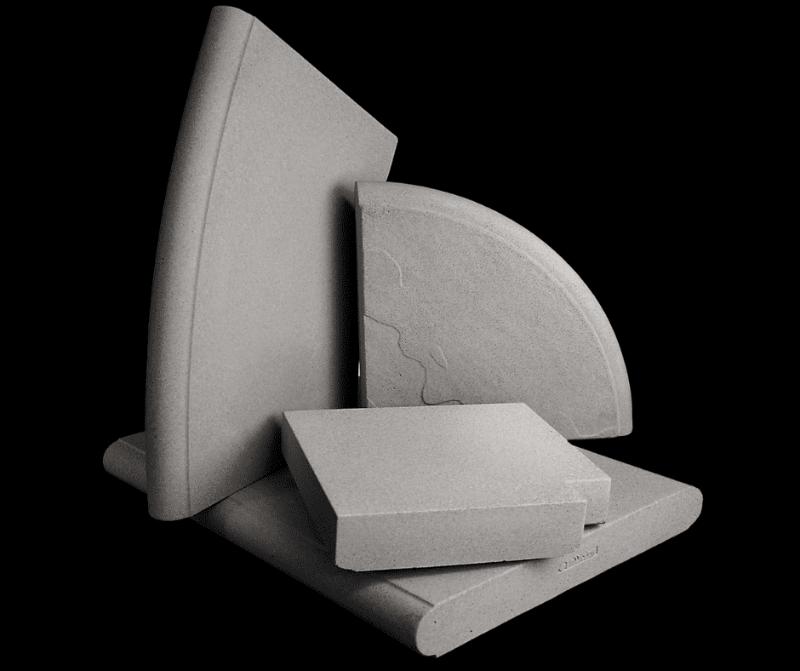
Superior Methods
Common Problems
Cracks
Cracks in plaster, gunite, deck cracks, foundation cracks
Cracks
Cracks in plaster, gunite, deck cracks, foundation cracks
Leaks
Pumps Filters Valves Seals
Leaks
Pumps Filters Valves Seals
Bulges
Bulges, Hollow Spots, Divots, Ground Settling
Bulges
Bulges, Hollow Spots, Divots, Ground Settling
Equipment Failure
Heaters, Pumps, Lights
Equipment Failure
Heaters, Pumps, Lights
Materials
The best pool repair companies in California know how to select the right materials for any repair job. Learn about the materials we choose at the California Pool and Spa Company.
Composite
Pro and con of plaster vs composite:
Composite doesn’t show the same stains in years as plaster
Composite allows pool to warm up by 5 degrees
Pump Equipment
A lot of older pools have copper pipes that may result in copper leaching, which can cause the pool plaster to turn green. To fix this problem, we can install new dedicated vacuum suction lines, return lines, autofill, skimmer, and main drains, as well as new equipment. We are able to replace a variety of equipment including pumps, filters, circulation pumps, booster pumps, blowers, salt chlorinators and pool/spa lights. It’s essential to inform us before the new surface is installed if you think any of your equipment needs to be replaced.
Deck-O-Seal
DECK-O-SEAL is used for caulking and sealing
Pavers
The renovation of the deck is done after the coping and tile have been installed. The best time to replace the deck is during the pool remodel process. The coping is installed first to give us a level surface to install the new paver deck. There are a variety of colors and shapes that can be installed, as well as the options to have retaining walls, planters and other designs created by using the pavers.

Pump Equipment
A lot of older pools have copper pipes that may result in copper leaching, which can cause the pool plaster to turn green. To fix this problem, we can install new dedicated vacuum suction lines, return lines, autofill, skimmer, and main drains, as well as new equipment. We are able to replace a variety of equipment including pumps, filters, circulation pumps, booster pumps, blowers, salt chlorinators and pool/spa lights. It’s essential to inform us before the new surface is installed if you think any of your equipment needs to be replaced.

Deck-O-Seal
DECK-O-SEAL is used for caulking and sealing
Pavers
The renovation of the deck is done after the coping and tile have been installed. The best time to replace the deck is during the pool remodel process. The coping is installed first to give us a level surface to install the new paver deck. There are a variety of colors and shapes that can be installed, as well as the options to have retaining walls, planters and other designs created by using the pavers.
Decking/Pavers
The deck renovation is done after the coping and tile have been installed. We recommend replacing the deck during the pool remodel process. The coping is installed first to provide a level surface to install the new paver deck. We offer a variety of colors and shapes for the deck to match your pool design.
Our Process
The restoration process on average takes 2-4 weeks to complete, including 3-5 days for the start-up process and inspection. The process includes:
Draining the pool (1 day)
Demolishing the existing swimming pool interior surface (1 day)
Deck installation (7-14 days depending on the size of the property)
Tile installation (1-3 work days)
Coping installation (2-4 work days)
Equipment (1-2 work days)
Plastering (1 day) or fiberglass (7-10 work days)
Balancing chemicals, brushing the pool, and removing plaster dust (3-5 days)
What You Need to Know
Communication
We understand how important communication is during a pool resurfacing project. That’s why we offer scheduling notifications through text, email, or phone call, and we always make sure to keep our customers updated if there are any weather, equipment, traffic delays, or materials issues.
During the Busy Season
Our busy season is from January through August, so if you’re thinking about resurfacing your pool during these months, make sure to schedule your project ahead of time to secure your spot.
What We Ask of You
Before we start the resurfacing process, we ask our customers to take care of a few things. First, please turn off the breakers to the pool/spa equipment and pool/spa lights to avoid burning out the equipment or lights. Second, move any furniture, potted plants, or movable items out of the way or ask us for assistance. We also ask that you keep your windows closed to reduce noise and dust and keep your pets inside for their safety.
Post Remodel
It takes about 30 days for the plaster to fully cure. We recommend waiting for the full 30 days before using the pool, but if you choose to use it before that, make sure to wait until the chemicals are completely balanced. Avoid using the heater for the first 30 days and do not use pool cleaners during that time. Also, make sure not to turn on the pool/spa lights until the water reaches the middle of the tiles to avoid burning out the bulb and breaking the lens.
Thank you for choosing the CPR Pools for your pool resurfacing needs. If you have any questions or concerns, please do not hesitate to contact us for a Free Estimate.
Shop Swimming Pool Options

Equipment

Lighting

Plumbing

Masonry

Fiberglass
FAQs
How often should my pool be cleaned?
For high-use pools, it’s recommended to skim, brush, and vacuum at least once a week. However, this can vary
Why is ph level important in a pool?
Maintaining the correct pH level (typically between 7.2 and 7.8) ensures that chlorine works effectively, prevents skin and eye irritation, and protects pool equipment from corrosion.
How often should pool filters be replaced?
This depends on the type of filter:
- Sand filters: Backwash every 2-4 weeks and replace sand every 5-7 years.
- Cartridge filters: Clean every 2-4 weeks and replace cartridges annually.
What is pool resurfacing?
Pool resurfacing involves replacing the interior finish of the pool. Depending on the material used and the pool’s wear and tear, resurfacing might be needed every 5-15 years.
How long does fiberglass last?
Carefree Fiberglass comes with a limited-lifetime warranty from peeling, cracking or chipping of fiberglass.
How much does fiberglass cost?
Recent Articles
The Lifespan Saver: The Importance of Timely Swimming Pool Plaster Repair
When it comes to your backyard oasis, the sparkling blue waters of your swimming pool are the core of relaxation and enjoyment. However, over time, wear and tear on the pool plaster can compromise both its aesthetic appeal and structural integrity. At CPR Pools LLC,...
Spillways and Spa Walls: Transforming Your Pool into a Stunning Retreat
Looking to transform your pool into a stunning retreat? Adding a spa spillway or spa wall can give your pool the upgrade it needs. Not only do these features enhance the overall aesthetics of your backyard oasis, but they also provide relaxation and tranquility for...
Pool Plumbing and Equipment- The Essential Guide for Your Pool or Spa
From Design to Reality: Pool Plumbing and Equipment in Construction Are you a homeowner in California with dreams of having your own swimming pool or spa? If so, it's important to understand the ins and outs of pool plumbing and equipment. From water jets to solar...
Contact Us
Request an appointment in person or by phone
call or text 818-792-5020

Contact Us
Call or text 818-792-5020






















